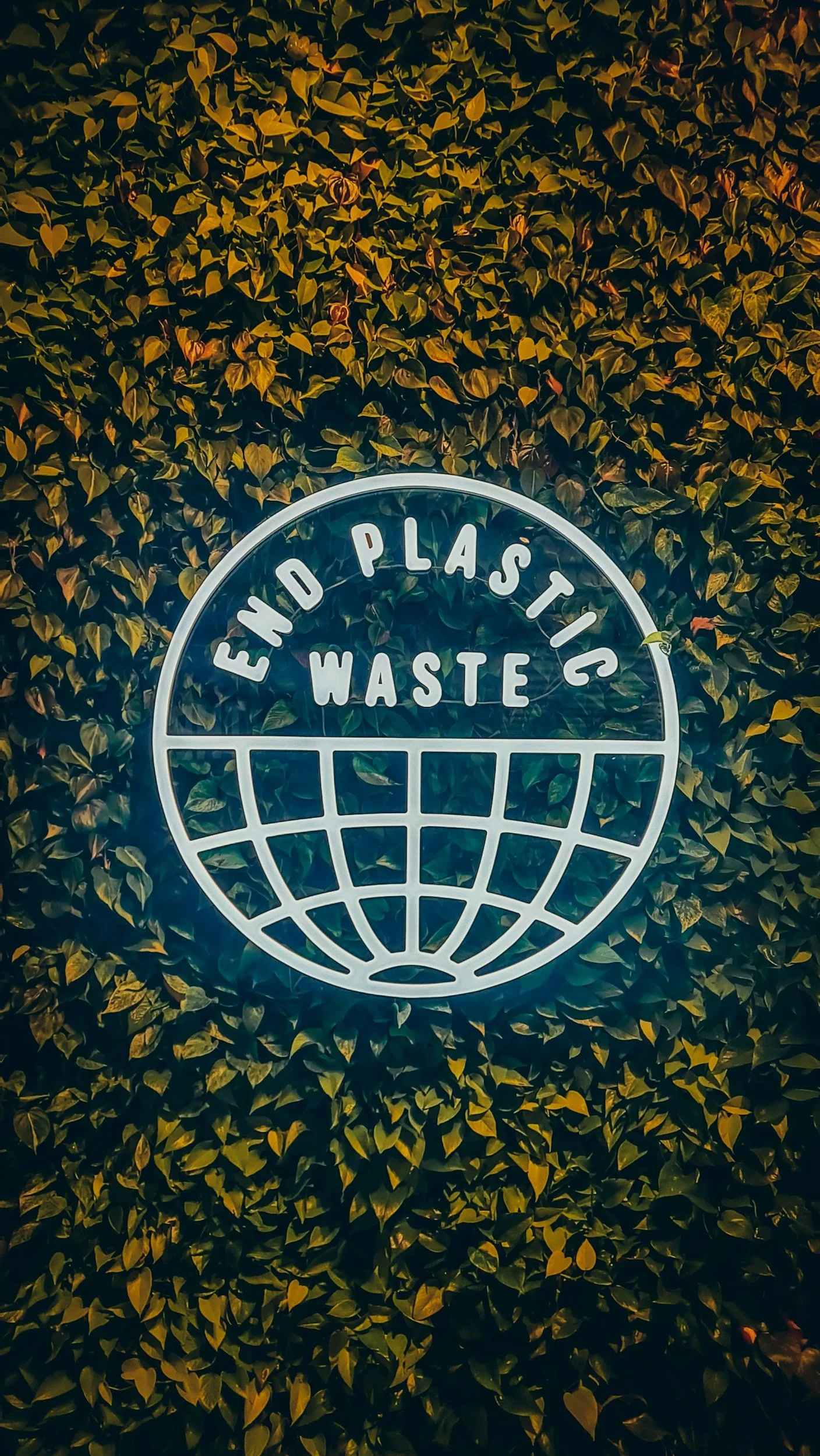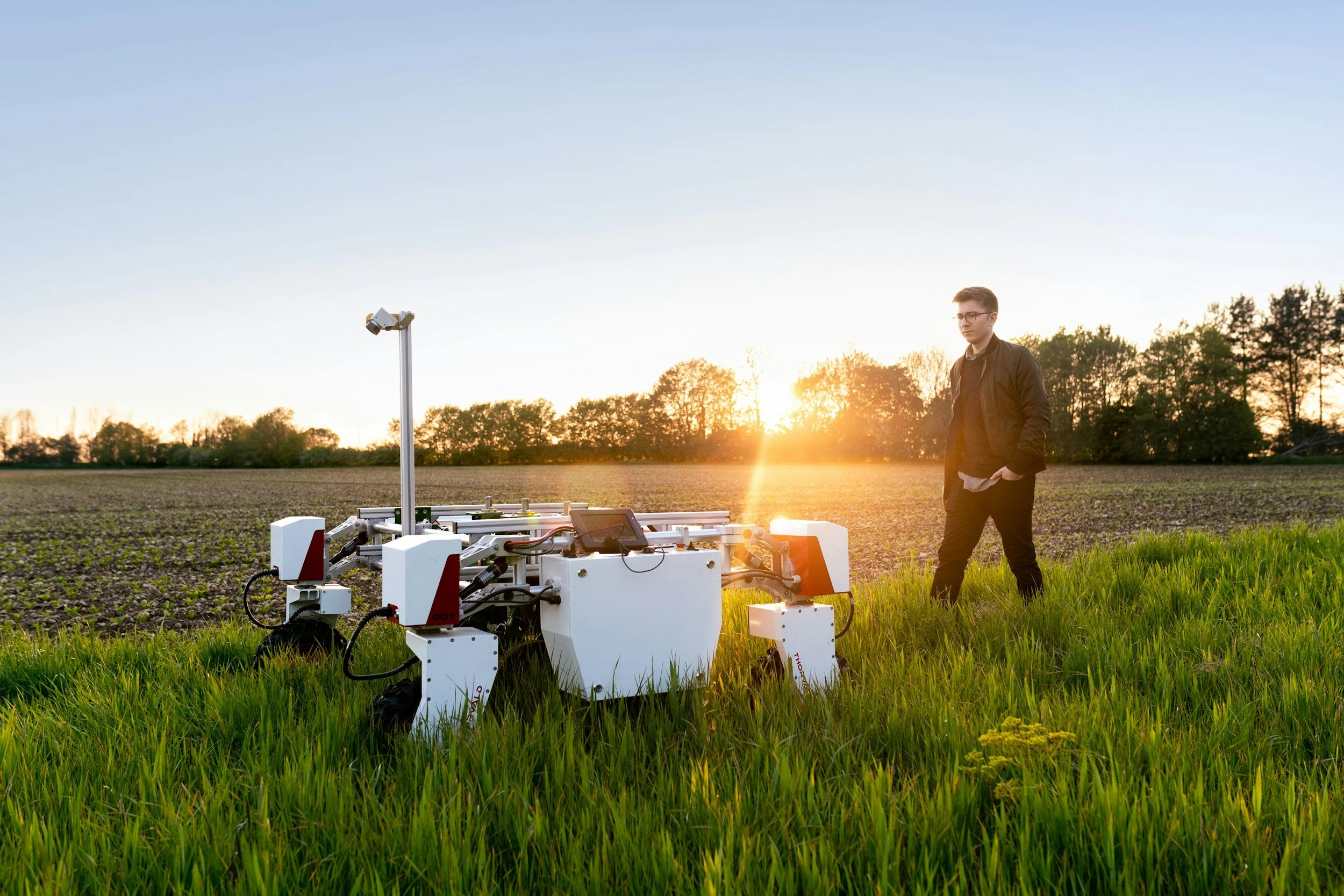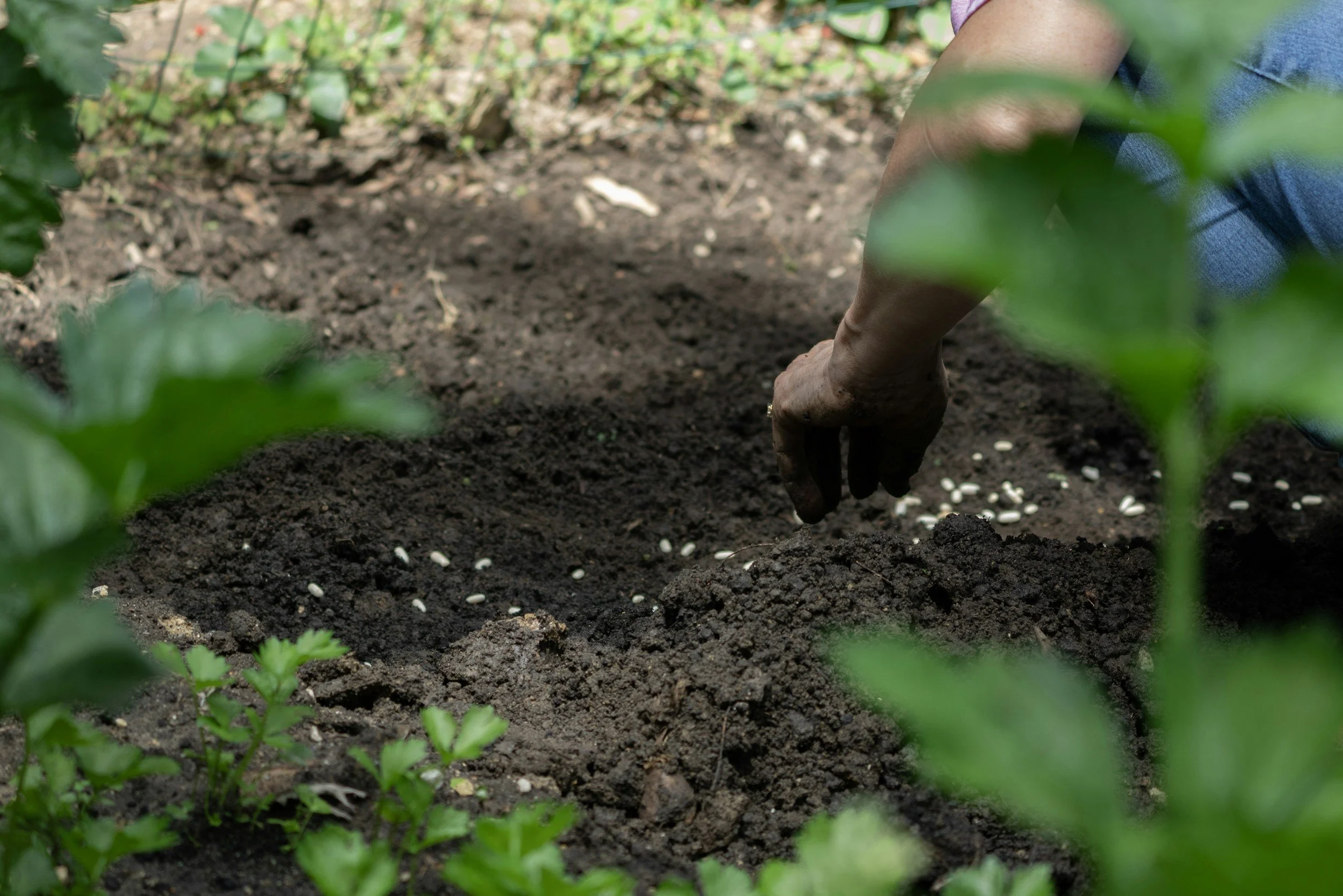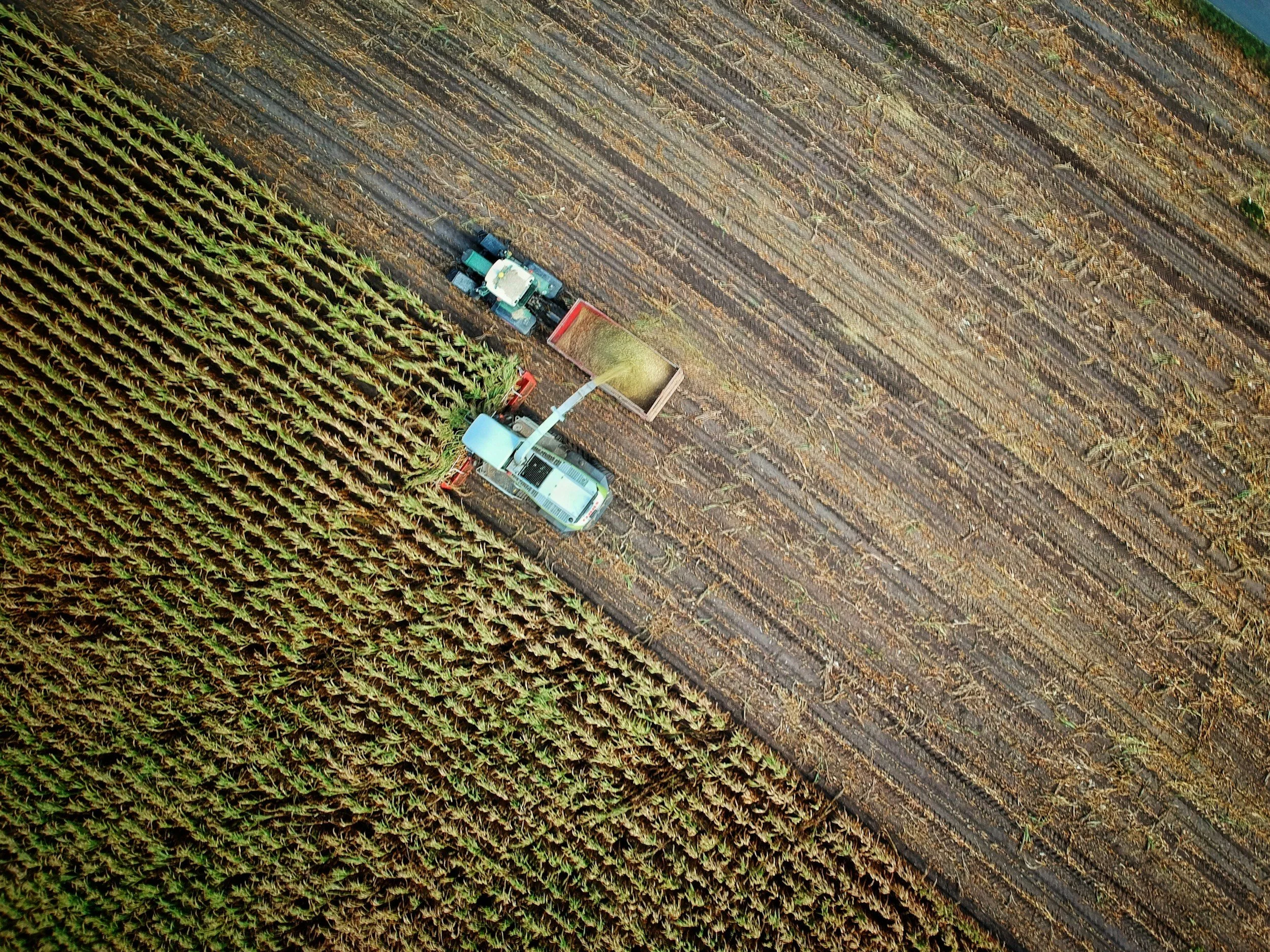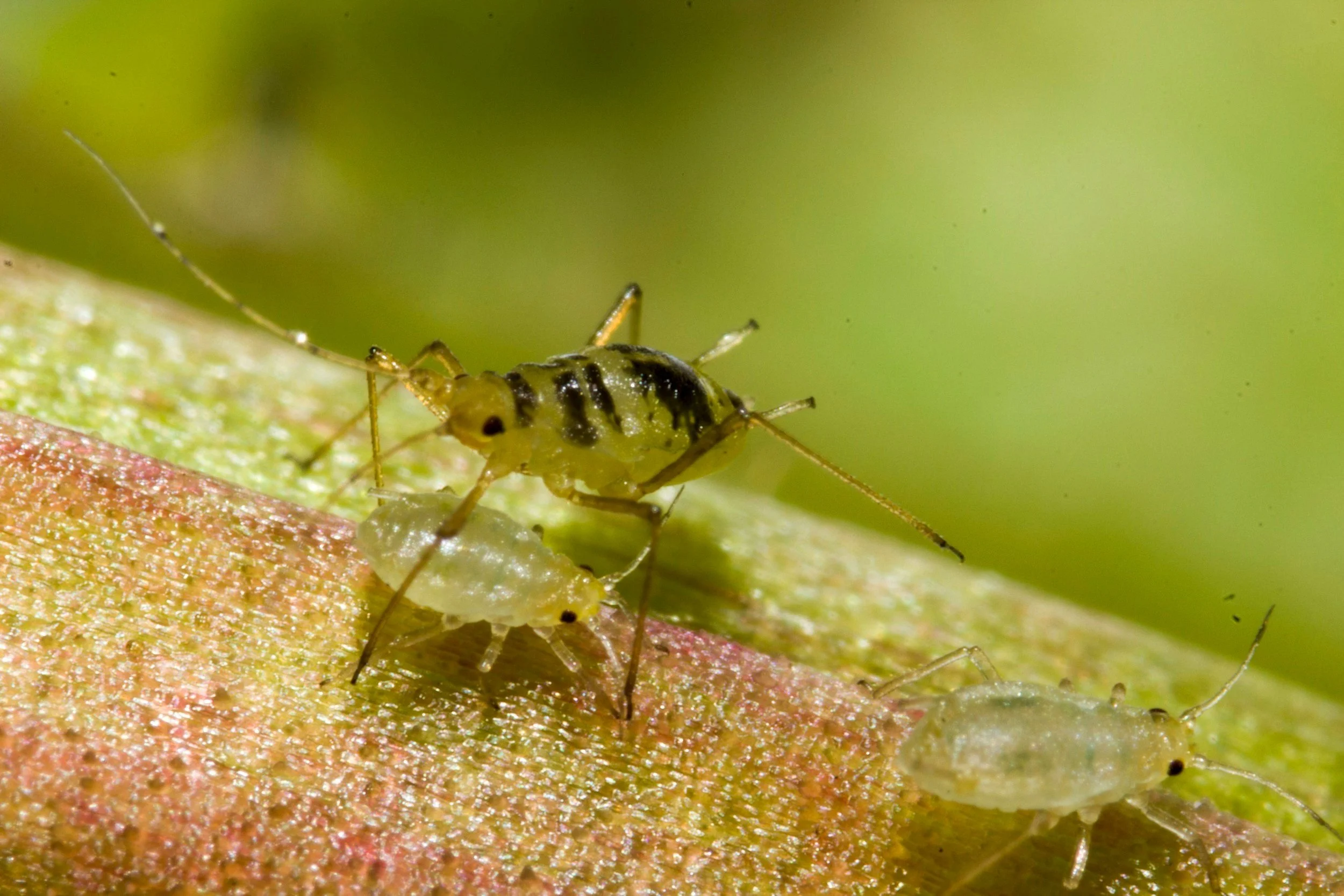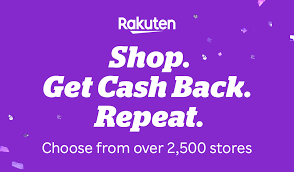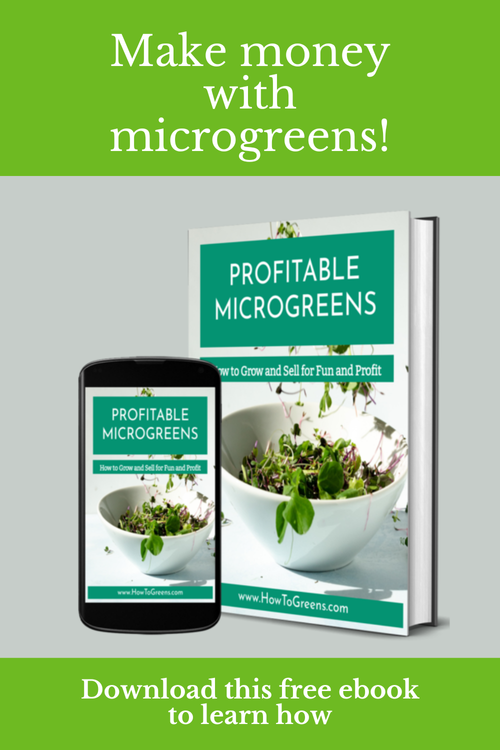In my last year of college, one of my housemates and best friends was a guy who knew how to make the best potato breads I’ve ever tasted. That was my introduction to bread making, and I’ve loved it ever since. Making bread at home is a pretty basic DIY skill that anyone can master with a little practice, and basic bread requires few ingredients – flour, water, sugar, salt, and yeast. Check the store brands you buy – most have added ingredients, and if you see a lot more ingredients in that list than the ones I’ve named above, then you know the bread is over-processed, full of preservatives, and possibly contains chemical substances – like phosphates -- that have been linked in clinical studies with intestinal inflammation, kidney disease, osteoporosis, and heart problems when they are eaten on a regular basis. Store-bought breads are also not cheap, and a single artisan loaf or “healthy” brand can cost $5 or more.
So learning to make bread at home can not only save you money, it can also help you avoid some of the health problems that come with regularly eating processed foods.
Read More



















